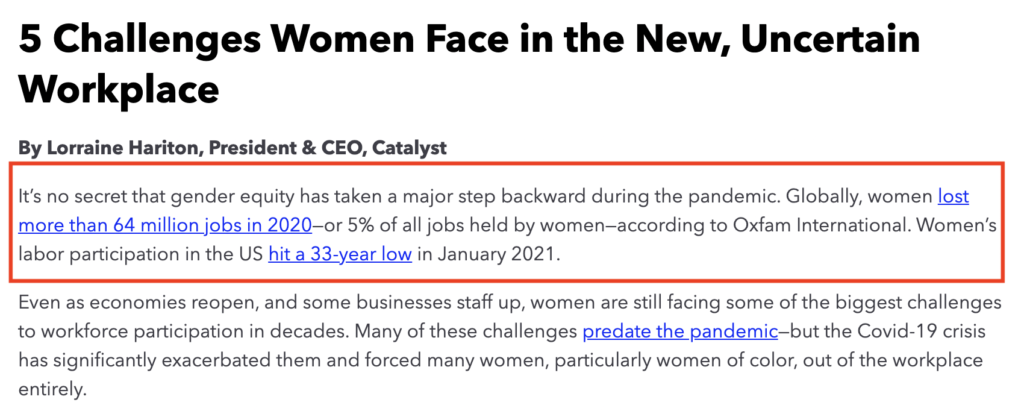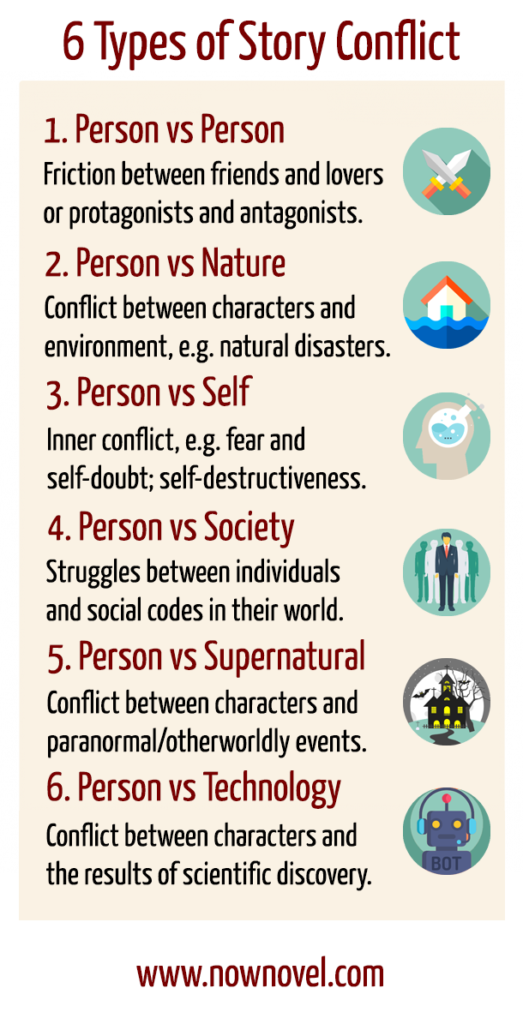Experiencing writer’s block? Or simply low on motivation? Or swinging between half-baked ideas and nothing seems to be triggering a creative explosion? We’ve all been there! Creativity can be demanding, so it is natural for writers or bloggers to hit a rough patch now and then. Before you give up, let us help you get out of the rut! Let us help you write a blog post that can go viral.
In this information-saturated age, readers don’t give more than 8 seconds to a particular read. In those 8 seconds, you want your blog post to stand out for them to scroll further. Yes, that’s a lot of stress, but it is easily possible if you weave a story into your post! Stories work like glue sticks. By converting a bland relay of facts and information into a compelling scenario, they capture a reader’s attention quickly. Interesting, right?
Don’t fret! We are not asking you to be a Stephen King or a J.K. Rowling to incorporate a story into your blog post. Just a few facets of writing a blog that we will share with you can pull off the magic!
Write a blog post that keeps the audience of your blog in focus

Here’s why. Often, when you are neck-deep in the writing process, consciously or unconsciously, you forget who you are writing the blog post for and end up digressing from your end goal. Keeping your audience in mind will help you better organize your ideas, support your argument, and decide what information to include in your blog.
So, unless your audience is generic, before starting to write your blog, ask yourself the following questions:
- Who are you catering to?
- How should you define your audience? (Based on age, sex, geography, education, etc.)
- What do you want your audience to think, learn, or assume after reading your blog?
- What appeals to them?
These questions will help you pin down your readers and help you communicate with them more effectively.
Narrate stories that your audience wants to hear

The ancient art of storytelling is one of the most beautiful and impactful forms of expression, which with the advent of technology, has become a lot easier to incorporate. According to researchers, stories are hardwired into our psychology. People understand and relate better when a story is weaved into the narrative. The big ‘but’ here is, no one will read if it’s not original, creative, or relevant to your audience. So, here’s what you can do to make your story tick:
- Original stories best churn out from one’s personal experiences. Jog your memory for anecdotes that you may like to share with your audience. Invite your audience to be a part of your struggle, perseverance, your highs and lows, your success. And be authentic yet creative in your narration. For example, if you are an early-stage entrepreneur, you can discuss what inclined you towards entrepreneurship? Books that motivated you. Or what was it like to hire your first employee? Write a blog post that is conversational in style and talks directly to your audience.
- If you are writing a blog on behalf of your company, then speak of stories that display growth, resilience, stories that inspire and help you build relationships with your customers. For example, discuss how did your company scale its business during COVID? Or support front-line workers? Or went the extra mile for its employees and customers?
Establish an emotional connection with your readers. Take them on a journey with you!

Emotions play a meaningful role in creating lasting relationships. Hence, when bloggers or brands ditch stories with a soul to publish buttoned-up formal content, they often fail to produce the desired impact. This article by Harvard Business Review does an in-depth study on how “emotional motivators” drive consumer behavior. The authors also emphasize that ‘When companies connect with customers’ emotions, the payoff can be positive. Stories harness the power of an emotional connection by creating shared memories that attach emotions to content. These memories hold a recall value that can be an excellent advantage for any business leader.
Author David Corbett says, when writing a story, your job should be to create a series of emotions to facilitate and enhance a reader’s experience. Below are some master tips on how you can do it:
- Choose words that do not sound transactional or cliched
- Describe scenes or circumstances in a manner that can be visualized
- Don’t be dry as dust, add humor for some kicks and giggles to avoid a dull and disengaged audience
- Invoke a rush of excitement into your writing. Introduce drama, but don’t go overboard. Remember, you are not writing a novel
- Make sure the protagonist resonates with the audience. Make it real by adding strengths and flaws, conflict, and vulnerability to the character.
Write a blog that is powerful, but not preachy

Stories should not sound like sermons. Don’t push your audience to react in a certain way or perceive your story in a specific manner.
Introduce Diversity
It’s difficult to have opinions and not let them percolate into your writing. The good news is that you don’t have to completely get rid of your preachiness when you write a blog post, but you can surely do something to neutralize it. Introduce diversity. Instead of presenting a single viewpoint as cut and dried, introduce your readers to multiple viewpoints. For example, don’t write that the actions taken by a character in your story were right or wrong, but shed light on the conflicts that the character faced and then talk about the actions taken. Let the audience draw conclusions based on their understanding of the matter. Let your readers evolve on their own.
Write your blog post with a compelling introduction

Is anyone here a fan of Beethoven’s Fifth Symphony? Do you remember the opening of this masterpiece?
Dun dun dun dunnn … It’s heavenly, irresistible, bold for its era, and it sticks to your mind.
That’s precisely what you need when writing your introduction…something stormy and remarkable! Why? Because we live in a world of rapidly shrinking attention spans. Suppose you don’t claim your reader’s attention in the first few seconds, chances of them continuing to read become significantly less. So, how do you write a blog post that grabs attention?
- Kill the weak words. Words that are unclear, unnecessary, cliched, repetitive, ineffective, or the ones that portray you unsure of your subject matter. Weed out all the fluff.
- Invoke life in your ideas. Begin with an analogy or use metaphors. While analogies draw parallel between two things, metaphors spark curiosity and shape perceptions. They also make complex concepts easier to digest and help infuse a personality into your story from the very beginning. Take tips from Wall Street Journal’s Scott H Young on how to make a good analogy?
- Numbers do wonders. When you write your blog post, you can share some biting research, data, or analysis with your audience and then ask their opinion on that. Below, an excerpt from an article provides an excellent example of that:

Address the Conflict. Tell your readers why a chosen topic demands their attention.

A compelling introduction should be followed by a well-defined reason explaining why you chose a particular theme or a topic.
- What is so appealing about it?
- What makes you enthusiastic about it? And,
- What would your readers achieve by understanding it?
Fortunately, while writing a story blog, you get a lot of leeway in handling a particular subject and evolving it in your own style. So, once that context is established, dig deeper. The middle of a story blog must include why the chosen topic demands their undivided attention. Introduce conflict or a trigger around the topic and address it in detail.
Conflict gives a cinematic experience to the readers by bringing in the strife between characters. It also serves as a hook for them to continue reading. There are a variety of ways in which you can introduce conflict in your story blog – See Image.
Conflict is compelling because it contains multiple sources of tension and suspense, which keeps the readers on edge throughout. The peaks and plateaus override monotony making the narrative thrilling and joyful.
Don’t leave your readers high and dry. Offer readers a resolution to the conflict that you have introduced in your story. After mounting suspense, give them a sense of closure by tying all the pieces together. Let your readers connect the dots to match the story characters to their corresponding endings.
Conclude your blog post well. End with key takeaways.

Conclusions are underrated but are a must-have. Conclusions provide readers with a direction to the next stop. They inspire them to decide and leave them with a thought for further action. Unfortunately, most of us do not know how to conclude well and end up making the entire piece look unfinished. Don’t worry, below are some of the ways you can nail the ending of a blog post:
Provide a summary
Often, when readers reach the finish line of an article, they tend to forget a lot of points you made throughout the piece. It is natural! A well-written summary jogs their memory by listing all the article’s key takeaways and drawing actionable conclusions from that. Also remember, that a summary should not include any fluff, it should possess biting clarity to educate the readers.
Ask a question
Make your readers feel that their opinions matter and they are valued. Ask for their views on the blog post. Questions are a stimulus to further thought but ensure that your questions are specific. Also, before adopting this technique, enable the comments section at the end of your post. You can also leave your e-mail at the end for your readers to reach out.
Provide links to other blog posts
This is one of the best ways to hook your readers. Share links to other blog posts or even a different post from your collection. Recommendations work well and often help readers to expand their knowledge. For instance, if you found this blog post helpful, you can also check our last post on How to choose between Organic and Paid Marketing?
What’s your process for writing a quality story blog? Do you have any tips and tricks or blogging hacks that we forgot to mention above? If yes, feel free to provide your comments below.



